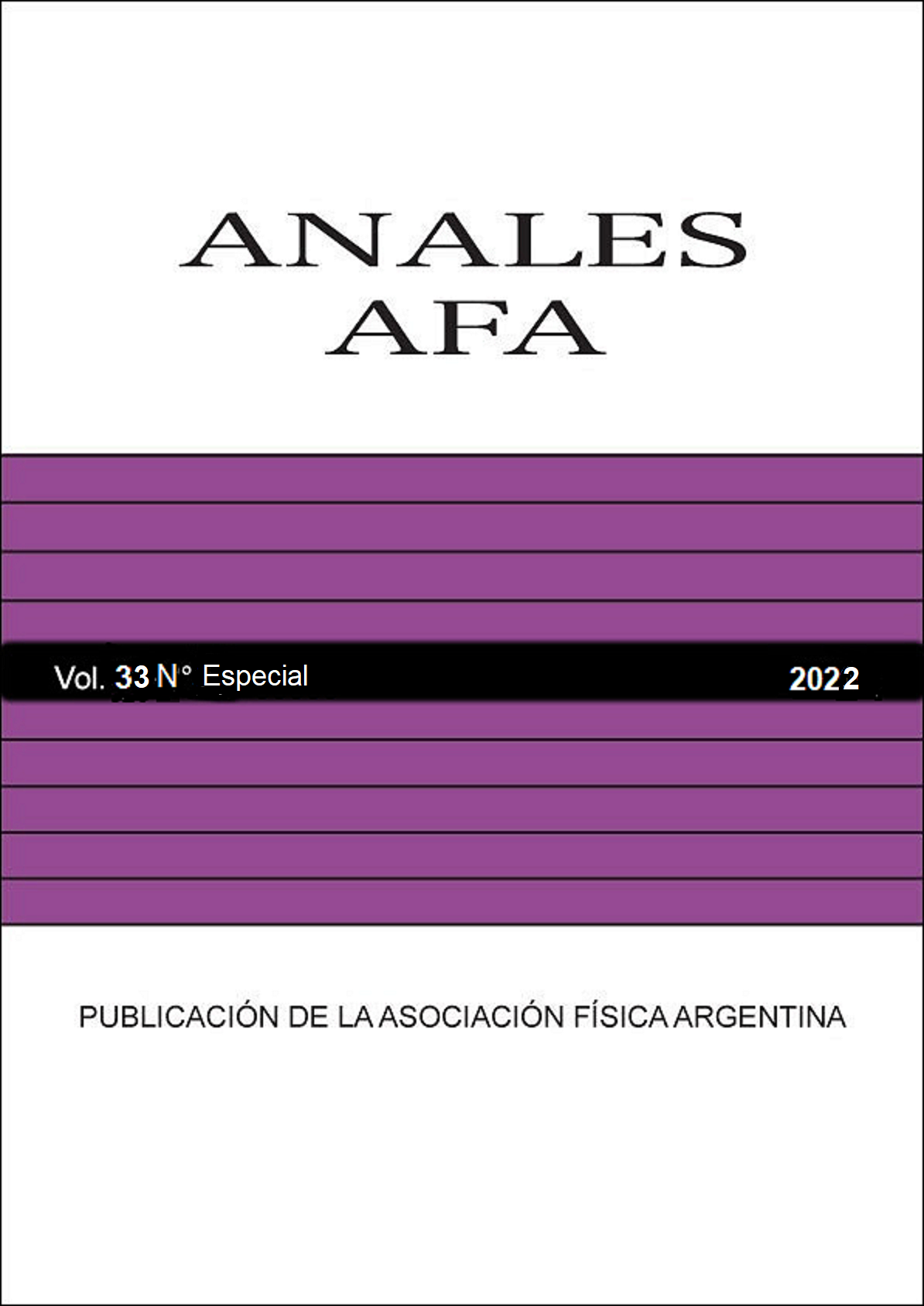DYNAMIC CLASSIFICATION OF BELTRAMI FLOWS
Abstract
We study four configurations of Beltrami flows (BFs) defined as ∇ × v = ±γ ±v, where γ > 0 is an eigenvalue and which have a progressive rotating wave dynamics (PRWs) that satisfies the dynamic property (DP) [1], which allows us to classify them on the basis of the eigenvalues that result in each configuration. The first configuration corresponds to an infinite volume domain without contours. The classifier eigenvalue is γ ± ph = 2/ vph± where k is the modulus of the wave vector that forms an angle θ with the rotation axis. The result is a finite-amplitude, transverse, dispersive, circularly polarised, planar PRWs with a continuous spectrum. The second configuration has the same domain as configuration one. The classifying eigenvalue is γ ± ph = 2/ vph± with vph being the phase velocity, with vph+ < 0 and vph− > 0. They are axi-symmetric or non-axi-symmetric along the axis of rotation, of finite amplitude, non-dispersive and with motion between concentric cylinders at which the radial velocity equals zero. In the third configuration the fluid is confined in an infinite cylinder. The classifying eigenvalue is again γ ± ph but it results discretized by the boundary conditions on the cylinder wall. Classification is exemplified for vph+ = −0.1 and three rotating modes with m = 0, m = 1 y m = 2. These are finite amplitude dispersive PRWs. The fourth configuration consists of a rotational-translational flow, characterized by the Rossby number R0 (=U/a Ω) which is an intake flow to a semi-infinite cylinder. The classifying eigenvalue is γ ± ph with vph± = ∓R0. These are PRWs, of the same type as in the infinite cylinder, but dependent on R0. It is shown that these waves exist only in the interval R0 ∈ (0,0.642]. Where for R0 = 0.642 one has only the mode with m = 1 and as R0 decreases the modes m = 0 and m ≥ 2 arise successively. It is observed that, for the same R0, waves of the same sign of frequency do not exchange energy. For each configuration the possibilities and conditions of resonant triadic interactions are analyzed.




